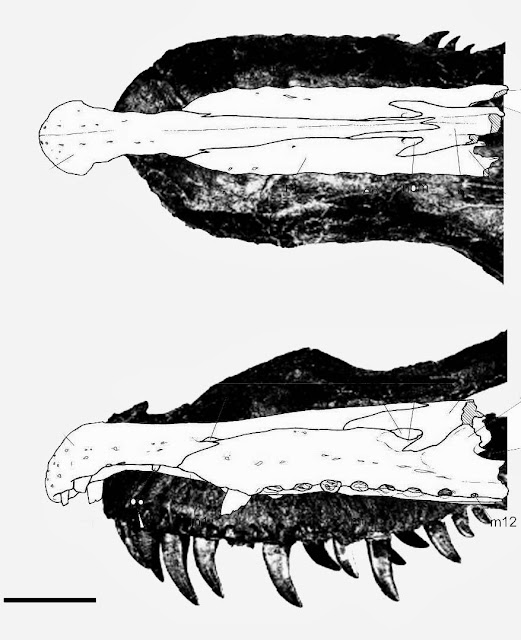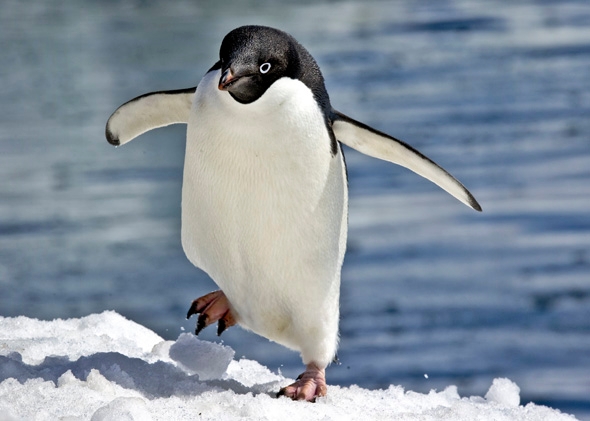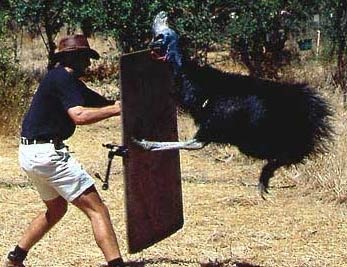Cow Mengde
Banned
Here's a video of Paul Sereno talking about this discovery.
http://www.youtube.com/watch?v=WoeA6xaVdZo
I have the paper if anyone wants to read it.
http://www.youtube.com/watch?v=WoeA6xaVdZo
I have the paper if anyone wants to read it.











